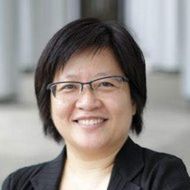Biden's impressive 'three-in-one' policy to deal with China
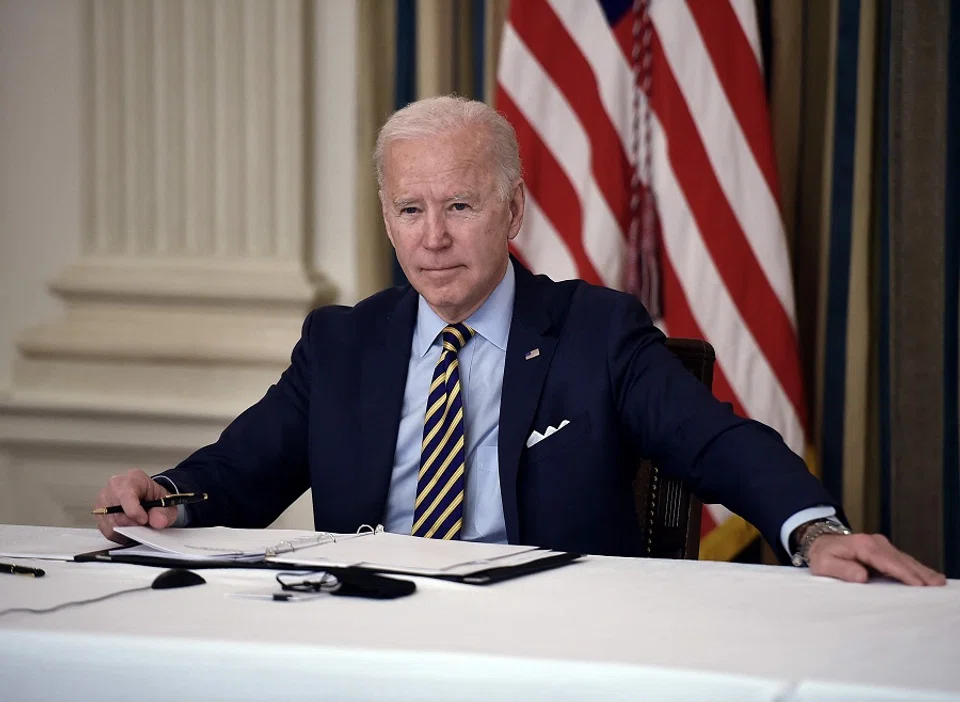
In a high-profile meeting on 15 April, Taiwan President Tsai Ing-wen welcomed a bipartisan US delegation comprising former senator Chris Dodd and former deputy secretaries of state Richard Armitage and James Steinberg.
During the official live broadcast of their 19-minute dialogue, Tsai openly criticised the People's Liberation Army (PLA)'s military vessels for disturbing Taiwan and being a threat to peace. She said, "Recently China has frequently dispatched military vessels and aircraft to carry out manoeuvres in waters and airspace surrounding Taiwan. These actions alter the status quo in the Indo-Pacific and threaten regional peace and stability." When she mentioned "China", she paused for a brief moment and did not say "mainland China". She later emphasised, "We are very willing to work with like-minded countries, including the United States, to jointly safeguard the peace and stability of the Indo-Pacific and deter adventurous manoeuvres and provocations."
The US's deft two-pronged diplomacy
This is the first high-level US delegation to visit Taiwan since the Biden administration took over. Dodd, Armitage and Steinberg are no longer serving officials and thus this delegation is technically an unofficial one. But it is a known fact that Dodd is a close confidante of Biden. Previously, Biden had even abruptly left an Oval Office meeting with former US President Barack Obama and German Chancellor Angela Merkel to attend one of Dodd's events. Last year, Dodd also assisted with Biden's electoral campaign and even helped Biden select his running mate. With this in mind, Dodd's visit to Taiwan has the weight of a quasi-official visit, and is also Biden's way of sending a personal signal regarding his support and commitment to Taiwan.
Biden's two-pronged diplomacy is not only unexpected but also impressive.
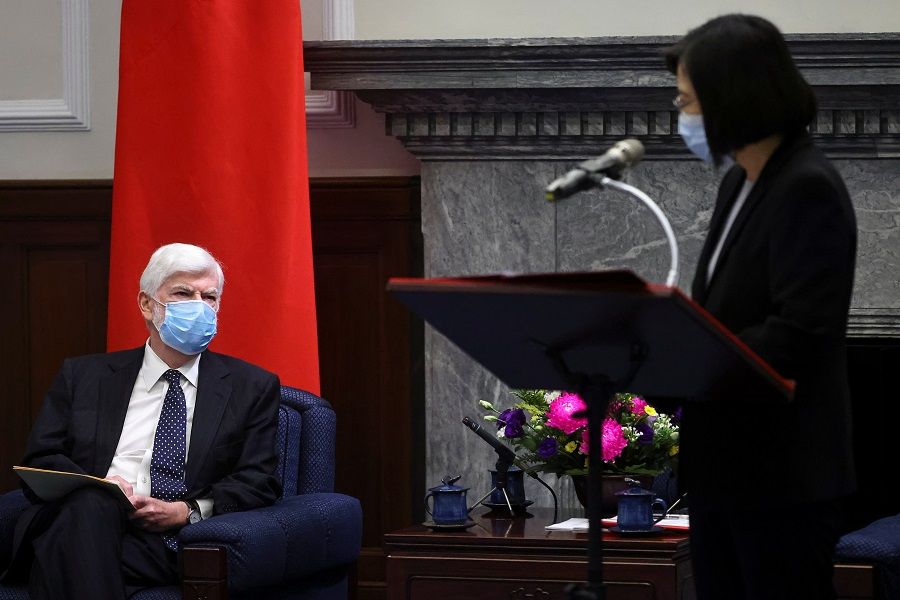
A few hours after the US delegation arrived in Taiwan, US climate envoy John Kerry arrived in Shanghai on the evening of 14 April, becoming the highest-level government official to visit mainland China so far. This marks another direct contact between China and the US following the intense Alaska meeting last month. Kerry is scheduled to meet with Xie Zhenhua, China's special envoy on climate change, to discuss China-US climate cooperation.
While Biden sent his close friends to boost the morale in Taiwan, he also sent a high-level official in charge of climate issues to the mainland to discuss areas of cooperation. Biden's two-pronged diplomacy is not only unexpected but also impressive.
News of the US delegation's Taiwan visit was only released moments before their departure, inviting speculation that the US did not want to give Beijing time to react. It is worth noting that apart from condemning the US's actions and lodging "stern representations with the US against the sending of personnel to visit Taiwan", Beijing did not take stronger measures against the US. The PLA also held off their live-fire drills off Taiwan on 14 April when Dodd and Kerry separately arrived at their destinations. Did China and the US communicate behind the scenes and reach a tacit agreement beforehand? This is possible as well.
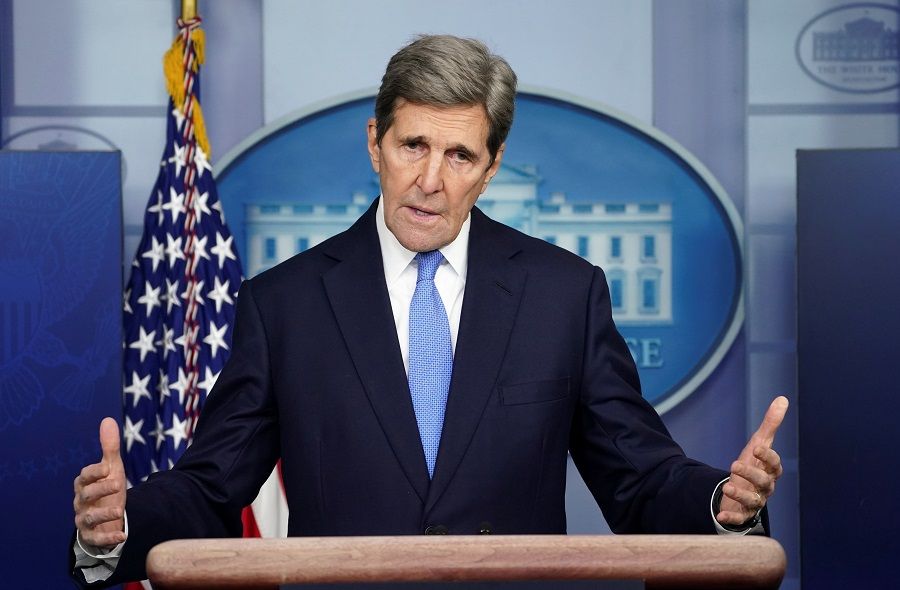
Associate Professor Alexander Huang of the Graduate Institute of International Affairs and Strategic Studies at Taiwan's Tamkang University praised Biden for the sophisticated, precise and brilliant diplomatic arrangement. He added that it was an altogether well-crafted and balanced diplomatic operation.
Being competitive, collaborative or adversarial as needed
And it was indeed so. While the Biden administration has clearly expressed that it has not changed its stance on the one-China policy, last week, the US Department of State updated its guidelines for US government interaction with Taiwan counterparts, liberalising the guidance on the US government's engagement with Taiwan and encouraging contacts between them. This week, Biden reiterated his commitment to US-Taiwan relations and the deepening of US-Taiwan cooperation by sending his confidantes to Taiwan as well as affirming Taiwan's strategic role in the first island chain in the Western Pacific. Coupled with the fact that he also sent Kerry to China, he executed perfectly the "three-in-one" China policy framework of being competitive, collaborative, and adversarial.
This is what the US meant when it said that China-US relations would be "competitive when it should be, collaborative when it can be, and adversarial when it must be". Biden also clearly separated the three components, emphasising that the US would only collaborate with China "when it's in America's interest to do so", and that cooperation and competition would go hand in hand.
World peace depends on the US and China continuing to maintain that fine balance.
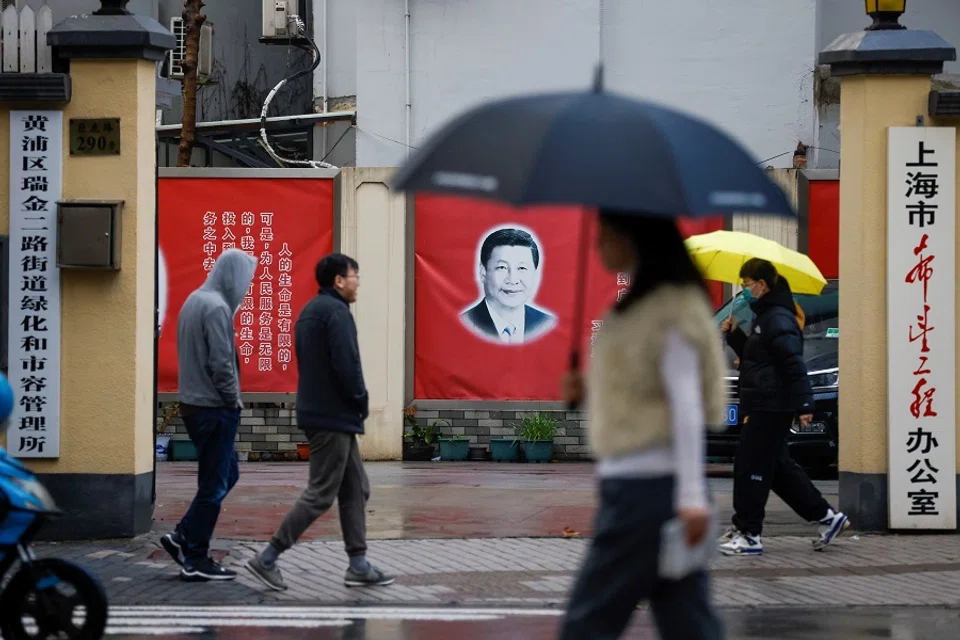
Will China accept the US's "three-in-one" approach to China? Clearly not. China believes that the US should consider China-US relations as a whole, rather than splintering them into pieces. A Global Times op-ed published on 14 April offered this vivid analogy: "It's unrealistic to hope that the two countries could establish some "special zones" to reinforce cooperation after their relationship is messed up."
Yet regardless of what China hopes for, the US has already devised this framework. Biden was quick to put this plan into action as soon as he became president, including by joining forces with his allies to compete with China in areas of necessary competition and not giving China the chance to threaten the US's dominant position on the international stage. China has responded by comprehensively strengthening its national security and building a circle of friends for economic cooperation, among other means. At the same time, it has been careful not to let China-US relations descend into an irreversible confrontation on all fronts. World peace depends on the US and China continuing to maintain that fine balance. The final outcome depends on who can safely avoid all risks and truly create its own paradigm.
Related: Taiwan is America's best asset against China, but for how long? | Taiwan: Why China-US relations are a zero-sum game | Alaska meeting: A historic moment of China standing up to the West? | China must understand the 'tragedy complex' of Biden's team | 'Cold peace' in China-US relations: Who will get the last laugh?
